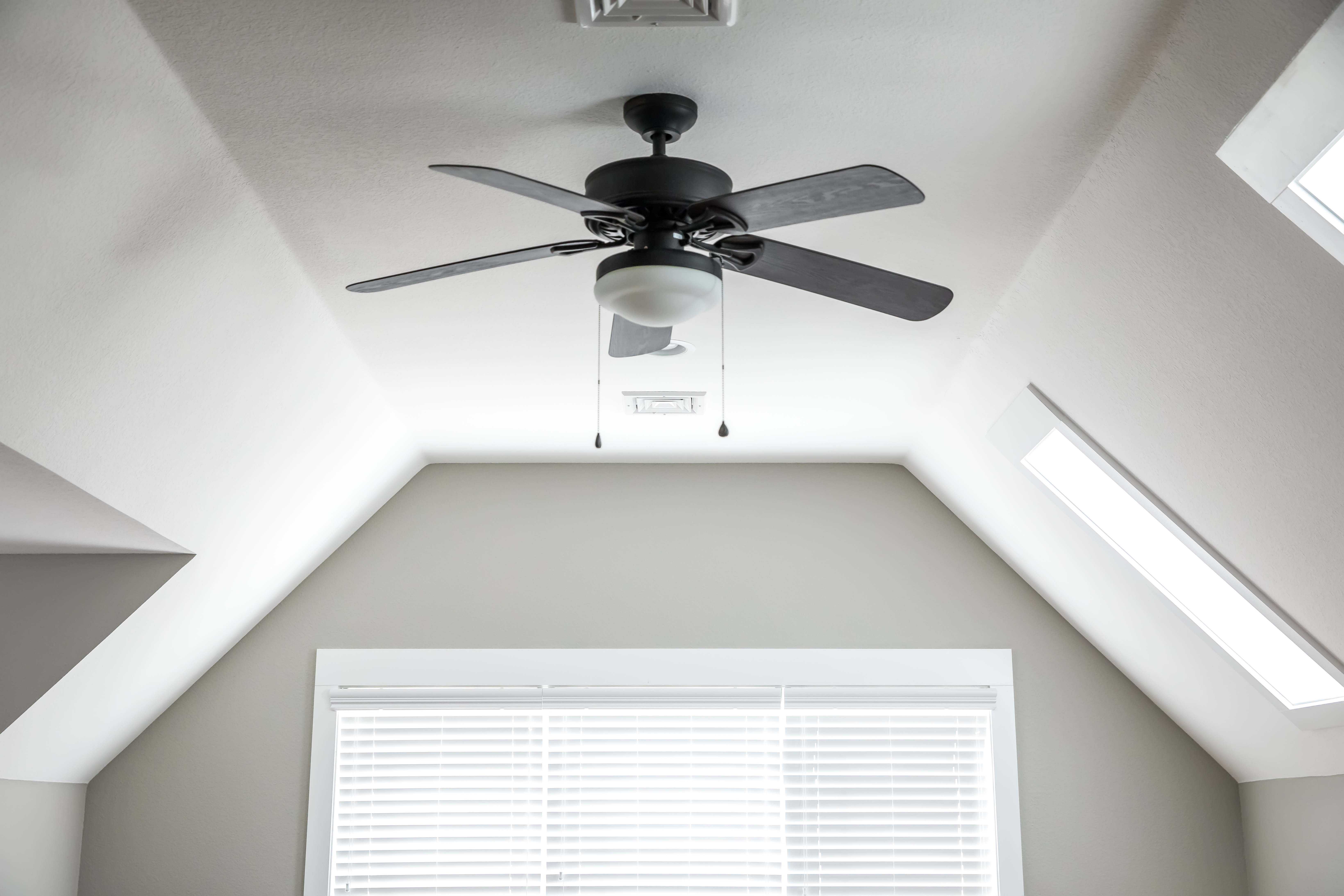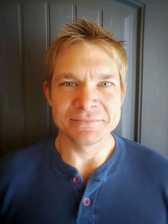
Get matched with top ceiling fan pros in Whittier, NC
Enter your ZIP and get matched with up to 5 pros
Need a pro for your ceiling fan service project in Whittier, NC?
Verified Reviews for Ceiling Fan Service pros in Whittier, NC
*The Angi rating for Ceiling Fan Service companies in Whittier, NC is a rating based on verified reviews from our community of homeowners who have used these pros to meet their Ceiling Fan Service needs.
*The HomeAdvisor rating for Ceiling Fan Service companies in Whittier, NC is a rating based on verified reviews from our community of homeowners who have used these pros to meet their Ceiling Fan Service needs.
Last update on December 05, 2025
Find Ceiling fan pros in Whittier
Michael Chitwood
Michael Chitwood
I have worked in full maintenance capacity for 20+ years. I have the capability to haul junk and vehicles.
I have worked in full maintenance capacity for 20+ years. I have the capability to haul junk and vehicles.
Brown's Cleaning Service
Brown's Cleaning Service
Service hvac cleaning house or cabin and yard work and ele repair i any thing
Service hvac cleaning house or cabin and yard work and ele repair i any thing

Harper's Professional's
Harper's Professional's
Owner Operators Licensed Bonded & Insured. Certified Technicians.
Owner Operators Licensed Bonded & Insured. Certified Technicians.
Duke Ellington
Duke Ellington
We are a family business that specialize in green and healthy lifestyle services for tiny homes and off grid living.
We are a family business that specialize in green and healthy lifestyle services for tiny homes and off grid living.
On Call Maintenance
On Call Maintenance
24 hour service and insured. payment required at time of service, reasonable rates. Member of Assc of Handyman Professionals and Home Advisor Pros.
24 hour service and insured. payment required at time of service, reasonable rates. Member of Assc of Handyman Professionals and Home Advisor Pros.
KMB Construction Unlimited
KMB Construction Unlimited
Sub Contractors specialize in turn key Drywall Hanging and Finishing Painting
Sub Contractors specialize in turn key Drywall Hanging and Finishing Painting
wc maintenance
wc maintenance
FULL SERVICE HOME-BUSINESS-LAND MAINTENANCE, REPAIR AND MANAGMENT COMPANY
FULL SERVICE HOME-BUSINESS-LAND MAINTENANCE, REPAIR AND MANAGMENT COMPANY
Absolute Energy Solutions
Absolute Energy Solutions
We have 2 employee's. We have been in Business for 2 years. All together we have over 30 years experience. We except Cash or Check for payment. We are also Licensed in S.C. & Georgia.
We have 2 employee's. We have been in Business for 2 years. All together we have over 30 years experience. We except Cash or Check for payment. We are also Licensed in S.C. & Georgia.
Dream, Design & Build, LLC
Dream, Design & Build, LLC
Design (CAD, Computer Aided Design) of Additions, New Home and Small Commercial Renovations.
Design (CAD, Computer Aided Design) of Additions, New Home and Small Commercial Renovations.
The Whittier, NC homeowners’ guide to ceiling fan services
From average costs to expert advice, get all the answers you need to get your job done.

If your ceiling fan stops working due to a bad motor or broken pull chain, here’s what you can expect to pay to get it fixed.
 •
•Discover the cost to install a ceiling fan, including labor, materials, and tips to save. Learn what impacts your price and how to budget for your project.

Learn how to wire a ceiling fan with a light directly from a power source or wall switch and add a convenient remote control. Follow this step-by-step guide.

Use this ceiling fan maintenance checklist to stay on top of your daily, weekly, monthly, and seasonal ceiling fan maintenance tasks.

With the right size, ceiling fans are an energy-efficient way to cool a room. Use this ceiling fan size guide to find the perfect model for your space.

Looking to cool down a room or get some more air flowing throughout the house? Learn how to install a ceiling fan without existing wiring.
- Cherokee, NC Ceiling fan pros
- Dillsboro, NC Ceiling fan pros
- Sylva, NC Ceiling fan pros
- Bryson City, NC Ceiling fan pros
- Maggie Valley, NC Ceiling fan pros
- Cullowhee, NC Ceiling fan pros
- Waynesville, NC Ceiling fan pros
- Tuckasegee, NC Ceiling fan pros
- Lake Junaluska, NC Ceiling fan pros
- Franklin, NC Ceiling fan pros
- Clyde, NC Ceiling fan pros
- Gatlinburg, TN Ceiling fan pros
- Cosby, TN Ceiling fan pros
- Canton, NC Ceiling fan pros
- Hartford, TN Ceiling fan pros
- Highlands, NC Ceiling fan pros
- Pigeon Forge, TN Ceiling fan pros
- Sevierville, TN Ceiling fan pros
- Otto, NC Ceiling fan pros
- Lake Toxaway, NC Ceiling fan pros
- Sapphire, NC Ceiling fan pros
- Townsend, TN Ceiling fan pros
- Dillard, GA Ceiling fan pros
- Rosman, NC Ceiling fan pros
- Del Rio, TN Ceiling fan pros
- Robbinsville, NC Ceiling fan pros
- Candler, NC Ceiling fan pros
- Andrews, NC Ceiling fan pros
- Leicester, NC Ceiling fan pros
- Rabun Gap, GA Ceiling fan pros

